[ad_1]
Image it. You’ve achieved prepping the yard for winter. You’ve planted your bulbs, lower or pulled weeds, and panted some late-season rose bushes. You composted after which tucked all the gadgets away beneath a blanket of mulch. You then rise up one magical morning to a blanket of superb, white glitter masking the yard.
There is also masses to do to rearrange for these days, the first frost of fall or winter. Fall is a bustling time contained in the yard. Winter, nonetheless, is a time for lots of factors to relaxation. It’s best to nonetheless have some evergreens to are inclined to. Nonetheless, for perhaps most likely probably the most half, crops go dormant, and far work is over till factors start to heat as soon as extra up in spring.
So what ought to we do contained in the yard after the primary frost? Appropriately, the extra wanted query is what we should all the time always not do. Let’s try some duties you will have to keep away from after that first frost.
Pruning
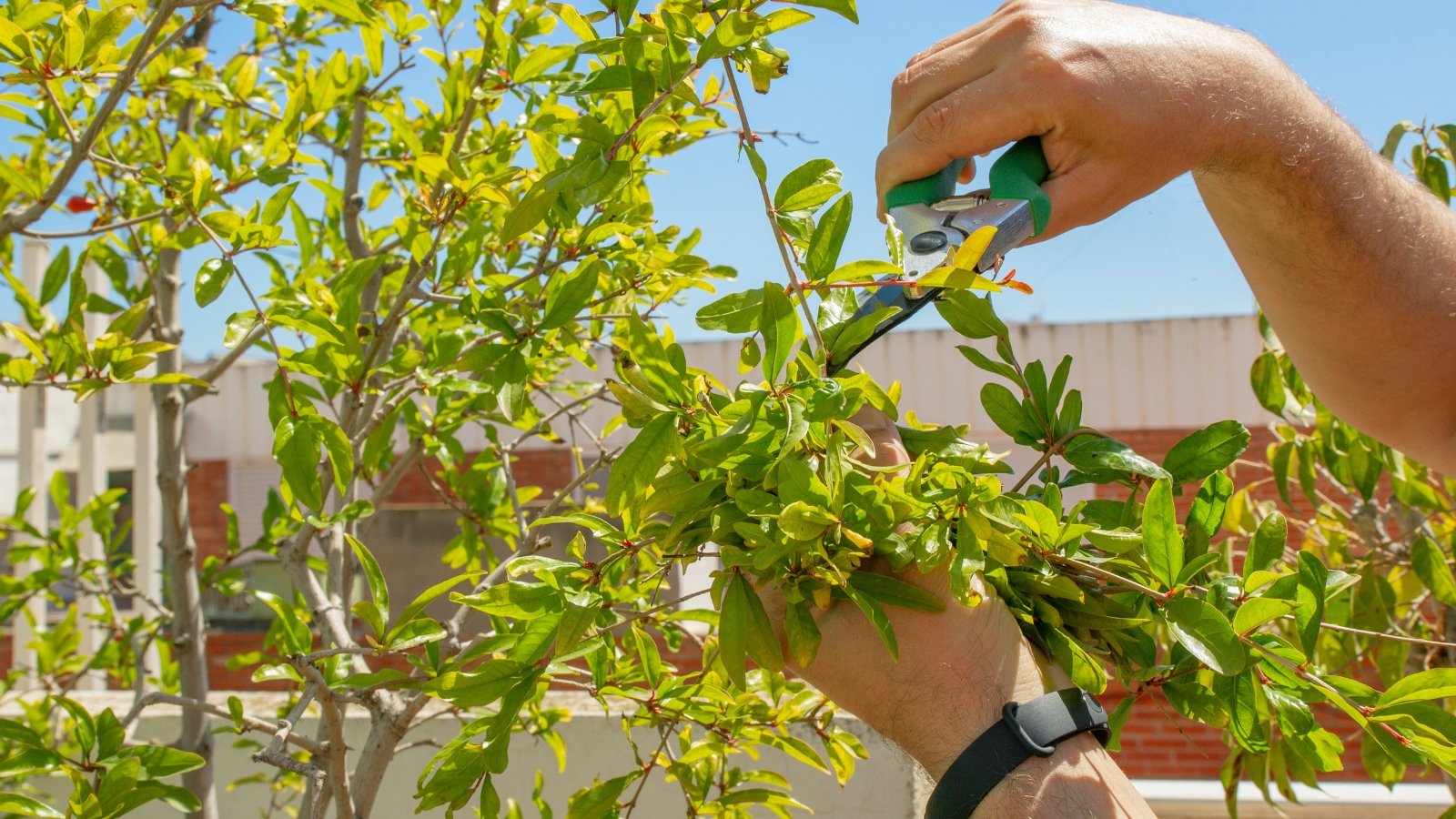

When the primary frost hits, a lot of our crops reply by dying as soon as extra to the underside. This frost lets them know that it’s time for his or her dormancy—time to retreat and defend vitality for the spring.
Going outdoors and lowering off broken foliage attributable to the freeze is probably tempting. Nonetheless, it’s wanted to withstand this temptation and depart that ineffective foliage for hotter days forward.
Correct proper right here’s why: The ineffective foliage really protects the remainder of the plant that hasn’t died from the chilly. That is significantly true of these crops which is probably questionable in your native local weather. Leaving that ineffective foliage intact can act as safety for the remainder of the plant and its roots from future freezing vents.
Pruning in winter is dangerous for 2 causes. First, it removes that safety, exposing the healthful elements of the plant to freezing all by way of subsequent occasions. Second, pruning stimulates progress. That tender new progress will perhaps be further inclined than mature picket that hardened off all by way of the earlier seasons.
This doesn’t merely apply to huge crops and perennials. For smaller flowering crops, leaving seed heads intact feeds overwintering birds and completely totally different small animals. Many beneficial bugs furthermore overwinter contained in the hole stalks left from these.
Withholding Water
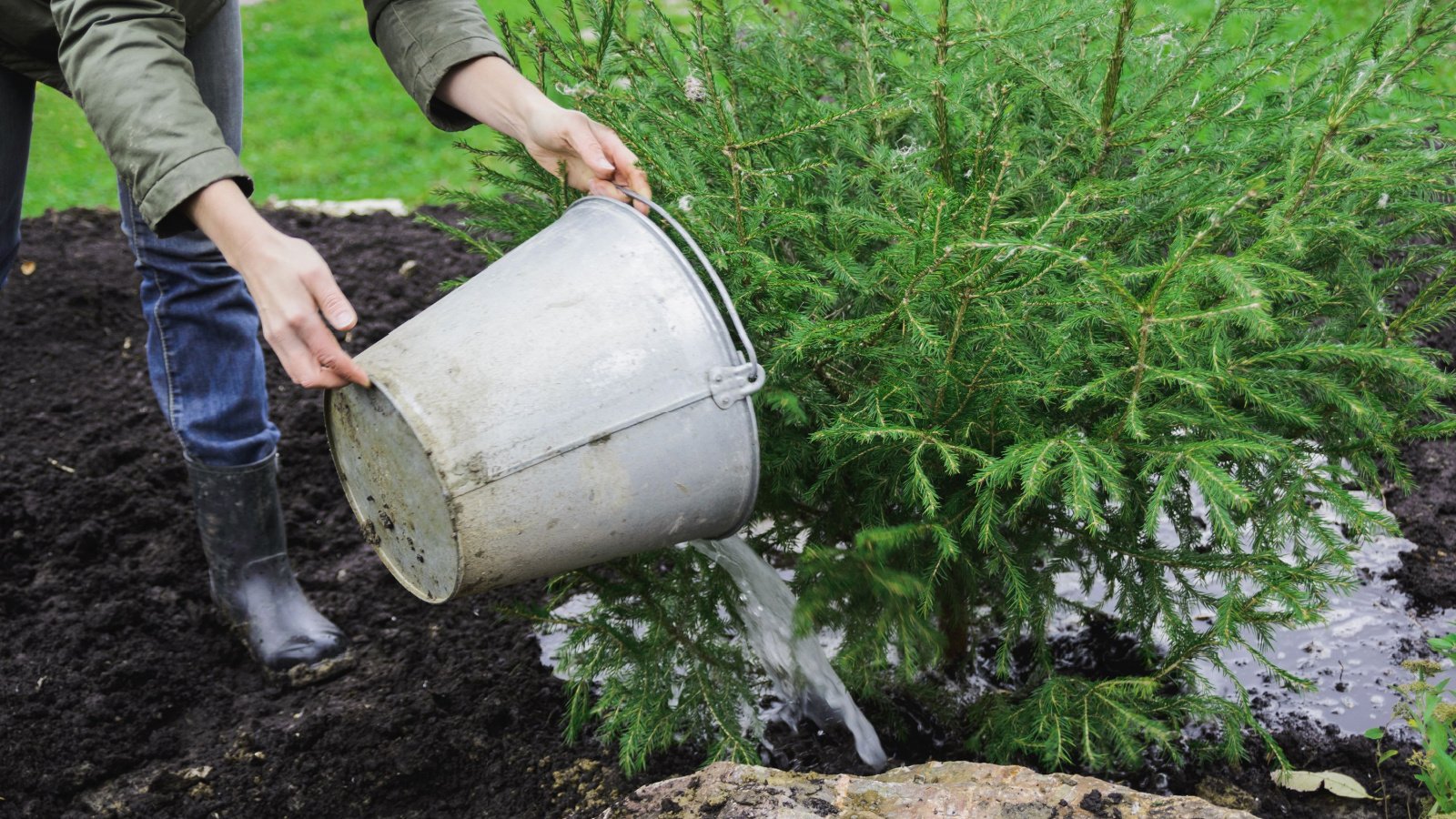

It’s important to defend watering your crops, even as soon as they’re dormant. Whereas they acquired’t want as masses water, they will endure from further in depth root damage and potential lack of life with out ample.
Hydrated crops stand as rather a lot as a result of the chilly better than dehydrated ones. The hydrated tissues are further resilient and additional liable to bounce as soon as extra from the chilly. Dry roots are fragile and simply broken by freezing temperatures.
Don’t water if the soil is already moist; check out your crops weekly and wait till it’s dry to the contact. It’s finest to water when the air temperature is above 40°F (4°C). Nonetheless watering forward of a freeze is particularly wanted. Pay particular consideration to any newly planted perennials, which want further water than established timber and shrubs.
Water timber to the drip line and smaller crops near the crown. The water really protects your plant’s roots, providing some insulation. The moist soil will maintain barely hotter than the air. If attainable, use drip irrigation. Watering slowly will assist your crops take up the water further efficiently.
Overwatering
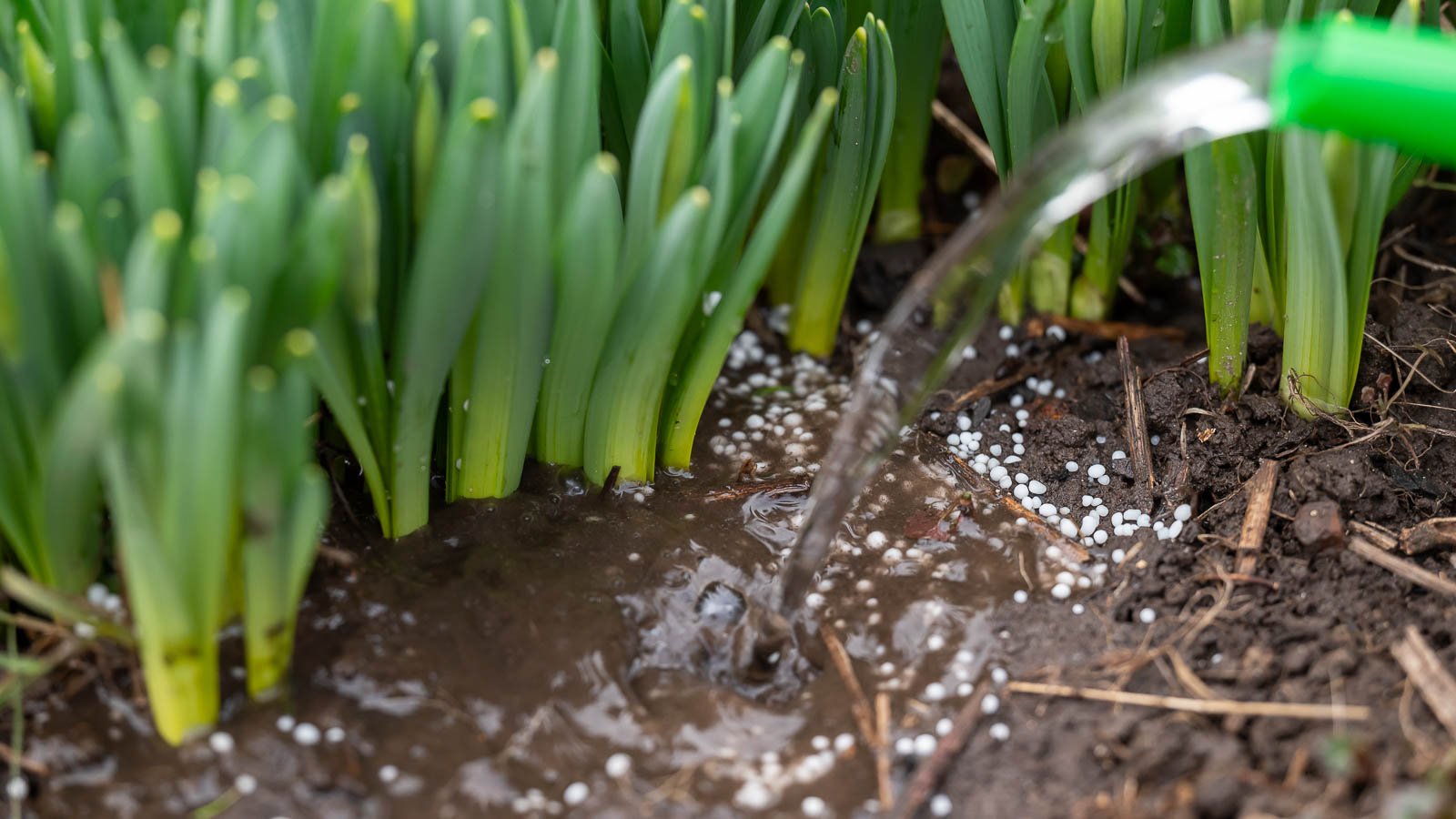

This may increasingly more and more generally sound contradictory, nonetheless as wanted as a result of it is to proceed watering in winter, it’s equally important to keep away from overwatering. All by way of winter, your crops soak up rather a lot a lot much less water due to they’re dormant. Whereas they nonetheless want some moisture, an excessive amount of may set off further injury than good.
Overly moist soil spherical roots and bulbs that aren’t absorbing and using it can result in root rot. Which may be very true of bulbs, which already preserve some moisture. Should you let the underside maintain soggy, you could find yourself upset by a scarcity of flowers contained in the spring as your bulbs have rotted.
Fertilizing
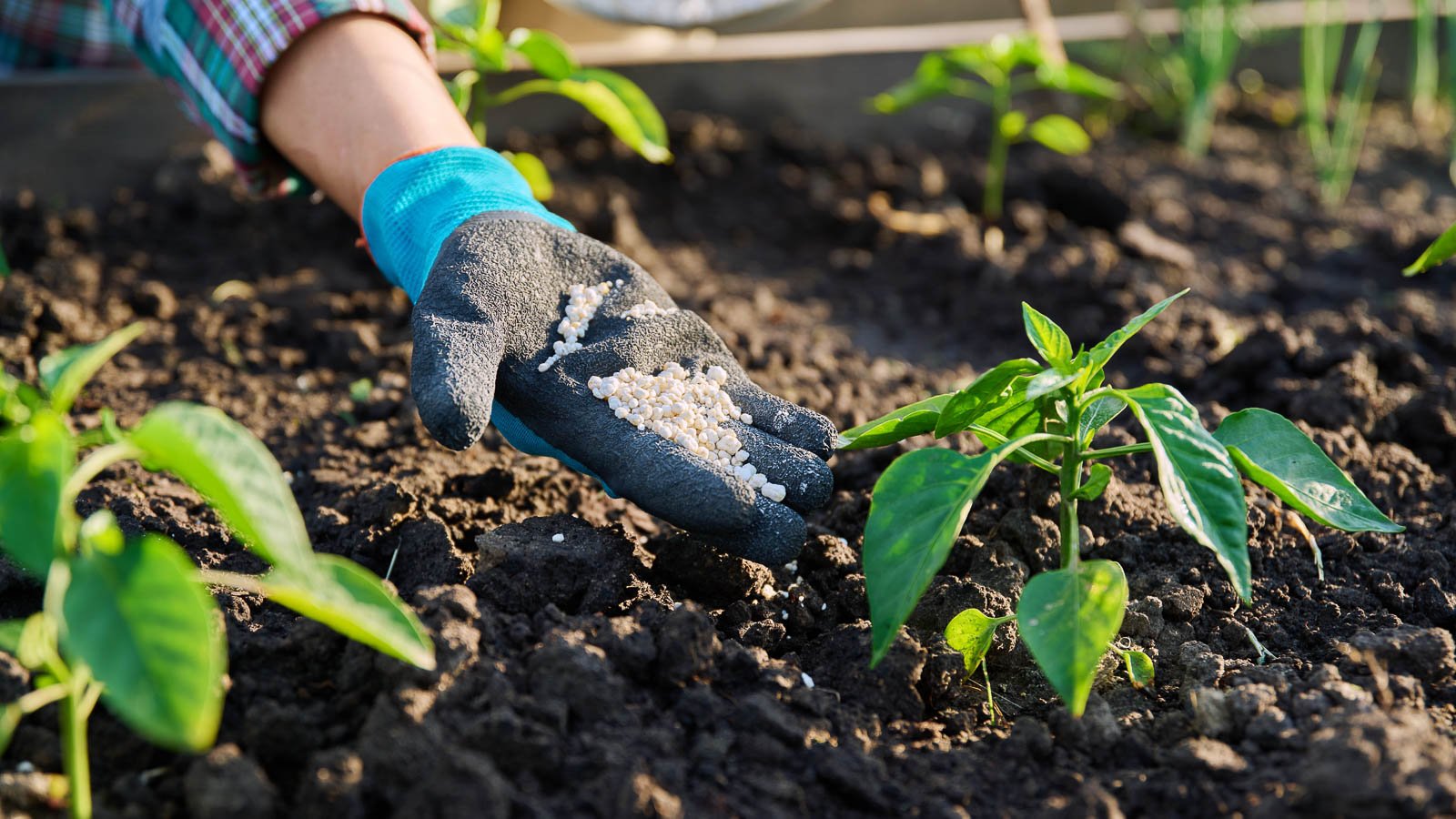

Technically, fertilizing ought to cease inside the autumn, about six to eight weeks before your first anticipated frost date. Fertilizer has the an identical impression as pruning: it encourages new progress, which is further liable to chilly, which compromises all of the plant.
One different excuse to not fertilize in winter is that you just simply’ll waste the fertilizer. Dormant crops soak up far rather a lot a lot much less water and dietary nutritional vitamins than as soon as they’re actively rising. An excessive amount of fertilizer may also be detrimental to roots, that are further fragile from the chilly.
The one time you will have to make use of fertilizer in winter is for winter-blooming houseplants. Use a diluted system for actively rising indoor crops. Outside crops hardy to your area will perhaps be unable to soak up dietary nutritional vitamins of their dormant state.
One totally different completely totally different, should you really actually really feel akin to you want to give your beds further of a elevate for spring, is pure amendments. Should you haven’t mulched (which you will have to do before the primary freeze), laying down a topdressing of manure or compost is okay. It’s going to break down slowly because of the native climate warms up.
Planting One factor That’s Not Dormant
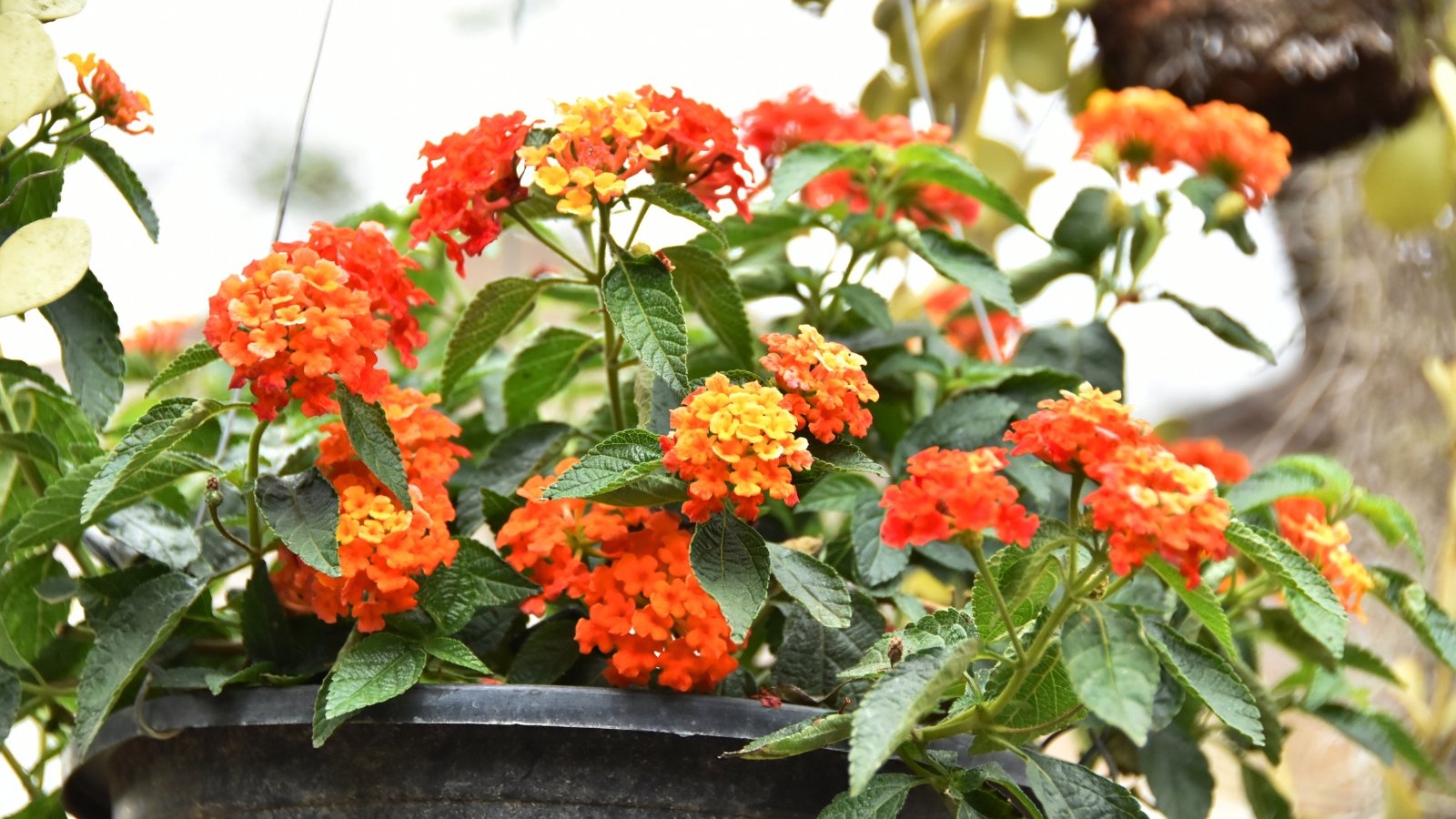

Relying in your native local weather, you could or could not be succesful to proceed planting sure factors after the primary frost. Technically, the underside continues to be workable till a protracted arduous freeze (28°F/-2°C or decrease). You presumably can plant dormant timber and shrubs in loads of locations so long as the underside is workable.
Planting dormant timber and shrubs in winter doesn’t disturb their pure cycle. Planting non-dormant crops, nonetheless, shouldn’t be suggestion, evergreens included. Evergreens want to soak up dietary nutritional vitamins before the soil freezes, they usually could not have the prospect to do that should you wait too extended.
Utilizing Weed Killer
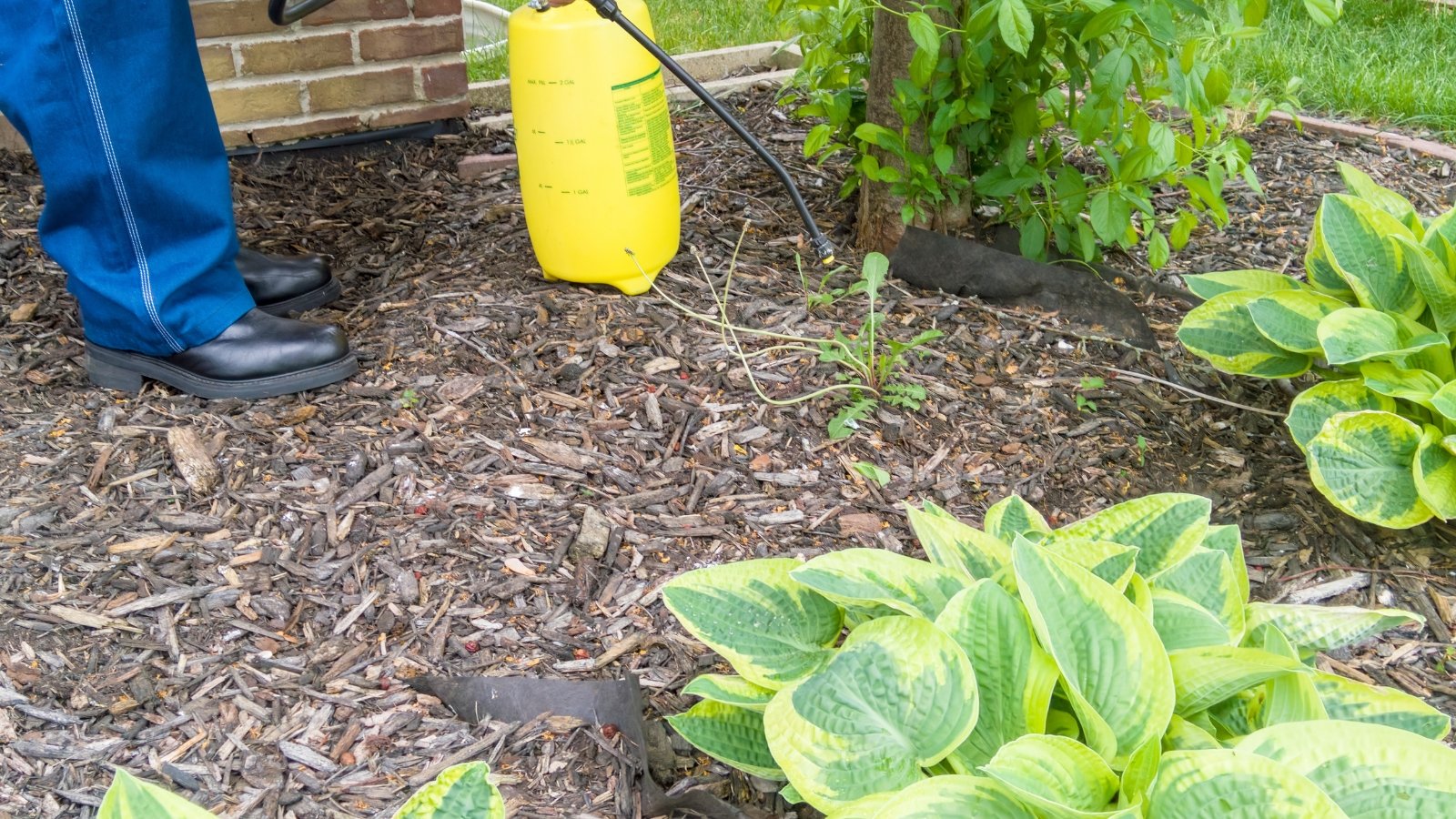

I’d want to say that you just simply shouldn’t use weed killers in the slightest degree. They’ve been acknowledged to contaminate the groundwater and contribute to an unhealthy surroundings often. Nonetheless, some people actually like a weed-free turf yard.
Most of those chemical compounds have temperature restrictions. That’s, they work finest in a particular differ. Utilizing them beneath their indicated temperature restriction can render them rather a lot a lot much less surroundings pleasant or not surroundings pleasant in the slightest degree.
The finest circumstances to spray for weeds are in spring when the soil warms to about 50°F (10°C), or inside the autumn. Merely you will need to get it carried out when it has time to work before the temperature drops.
Clearing Leaves From Yard Beds
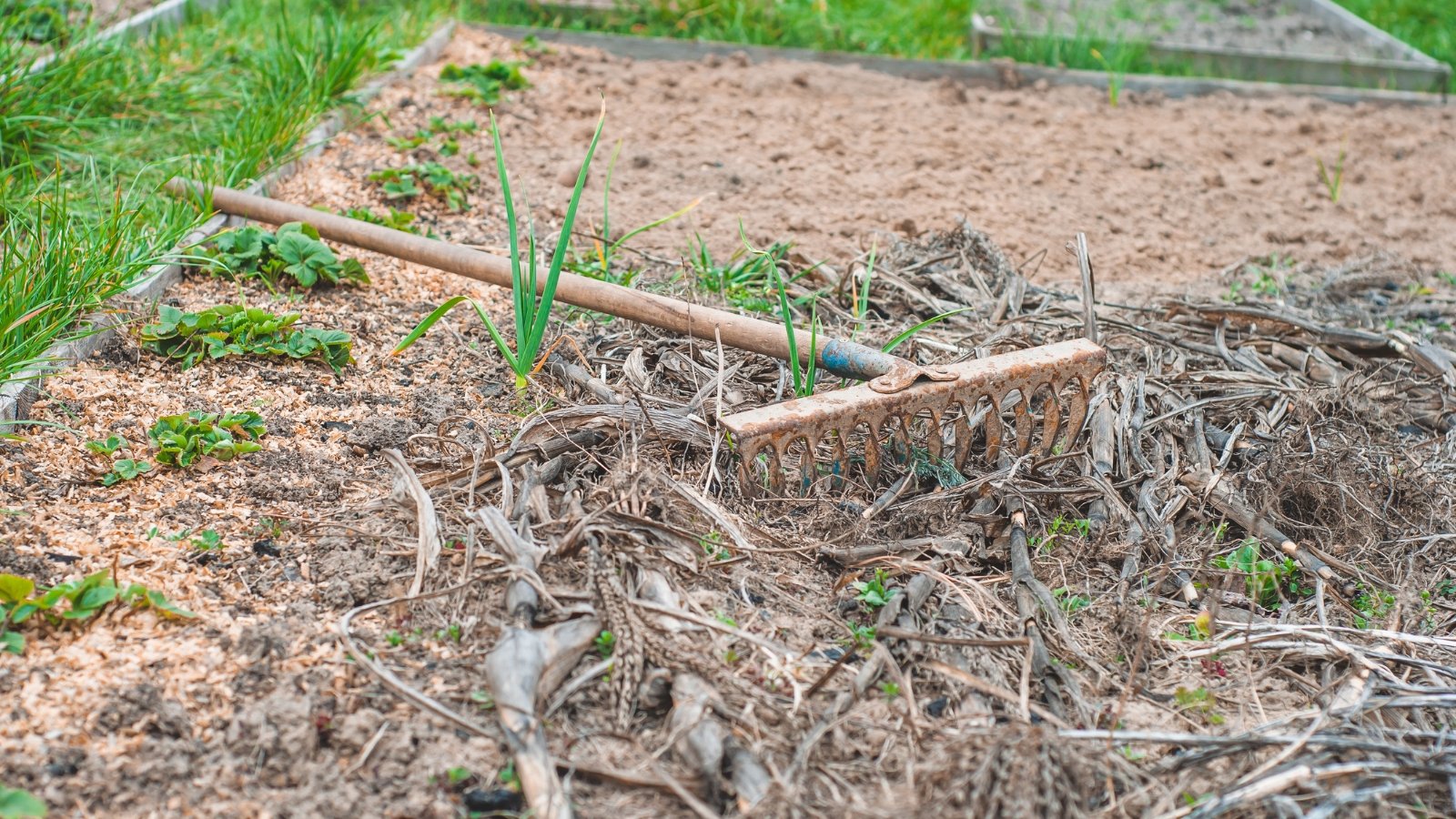

Lastly, should you can depart the leaf cleanup for spring, it’s really the best challenge in your yard as a complete. Permitting fallen leaves to remain in place might help insulate your beds. They act as mulch, so leaving them in place saves cash on mulch. Furthermore they break down over time and alter invaluable dietary nutritional vitamins contained in the soil.
One different excuse to go away the leaves is for useful bugs. Many useful bugs hibernate all by way of the chilly native climate. Leaf piles present a heat, secure, and guarded spot for bumblebees, native bees, fireflies, and the larval form of many moths and butterflies.
These bugs will uncover their means into these areas before that first frost and maintain put till the spring. By eradicating leaves from the yard, you eliminate these useful bugs, and that may disrupt the ecosystem for the next yr.
Do your pollinating buddies a favor and depart the leaves. Should you can’t tolerate them laying the place they fall, be joyful to rake them into piles before winter. Then, merely depart them there to decompose and use them as compost contained in the spring.
[ad_2]
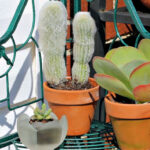

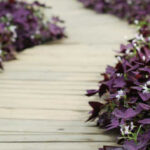
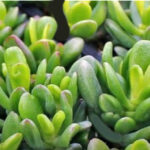
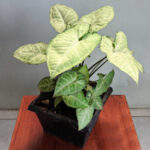
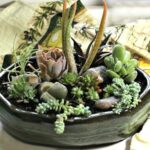
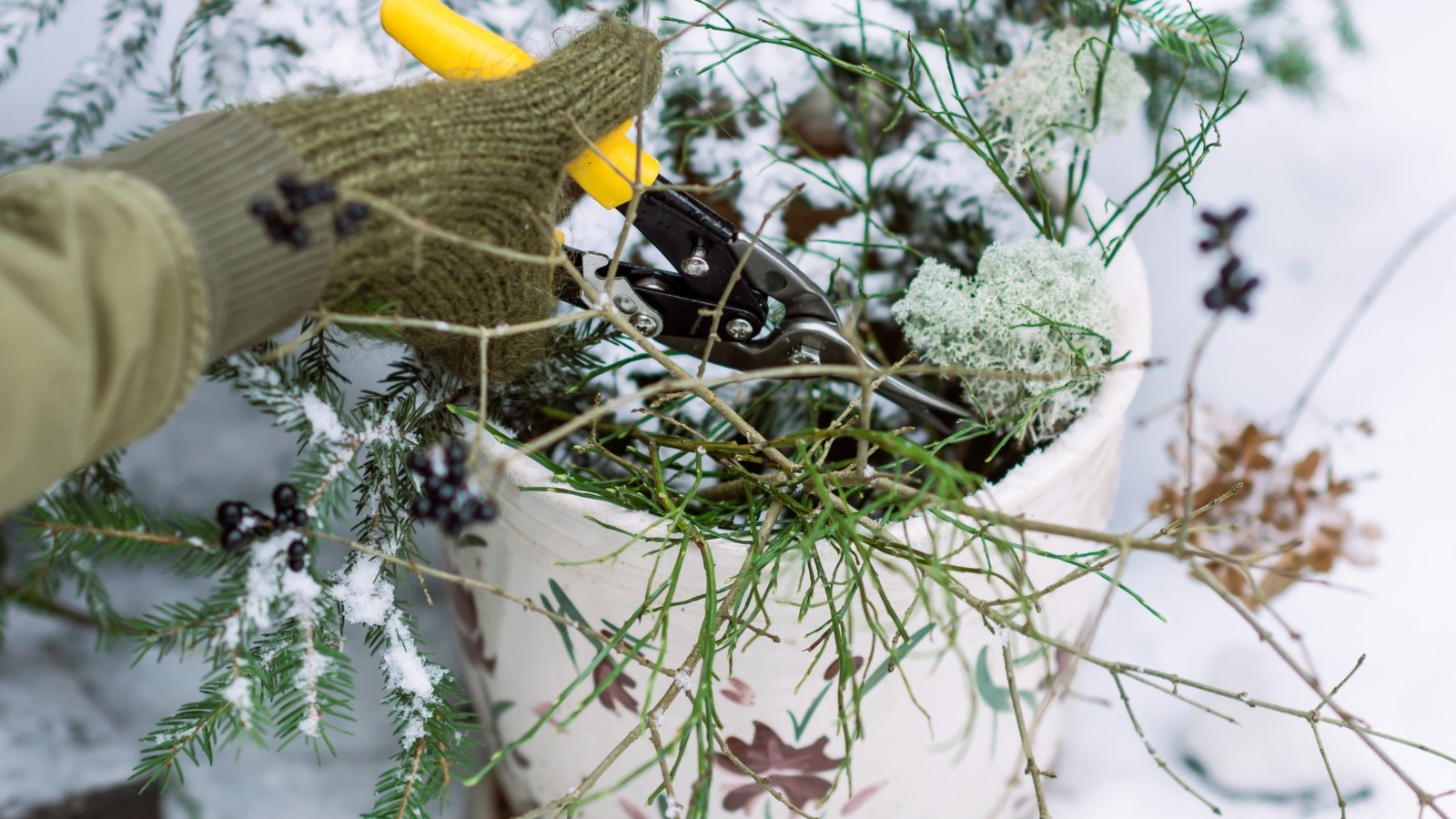
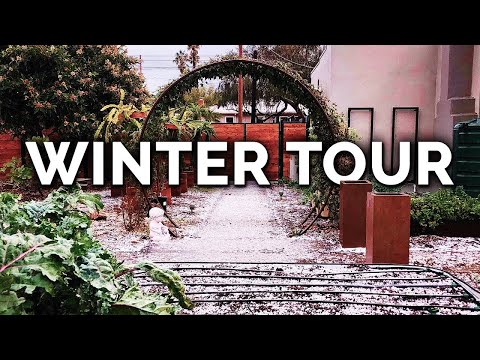
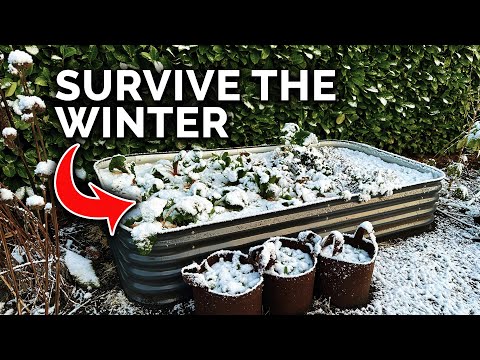
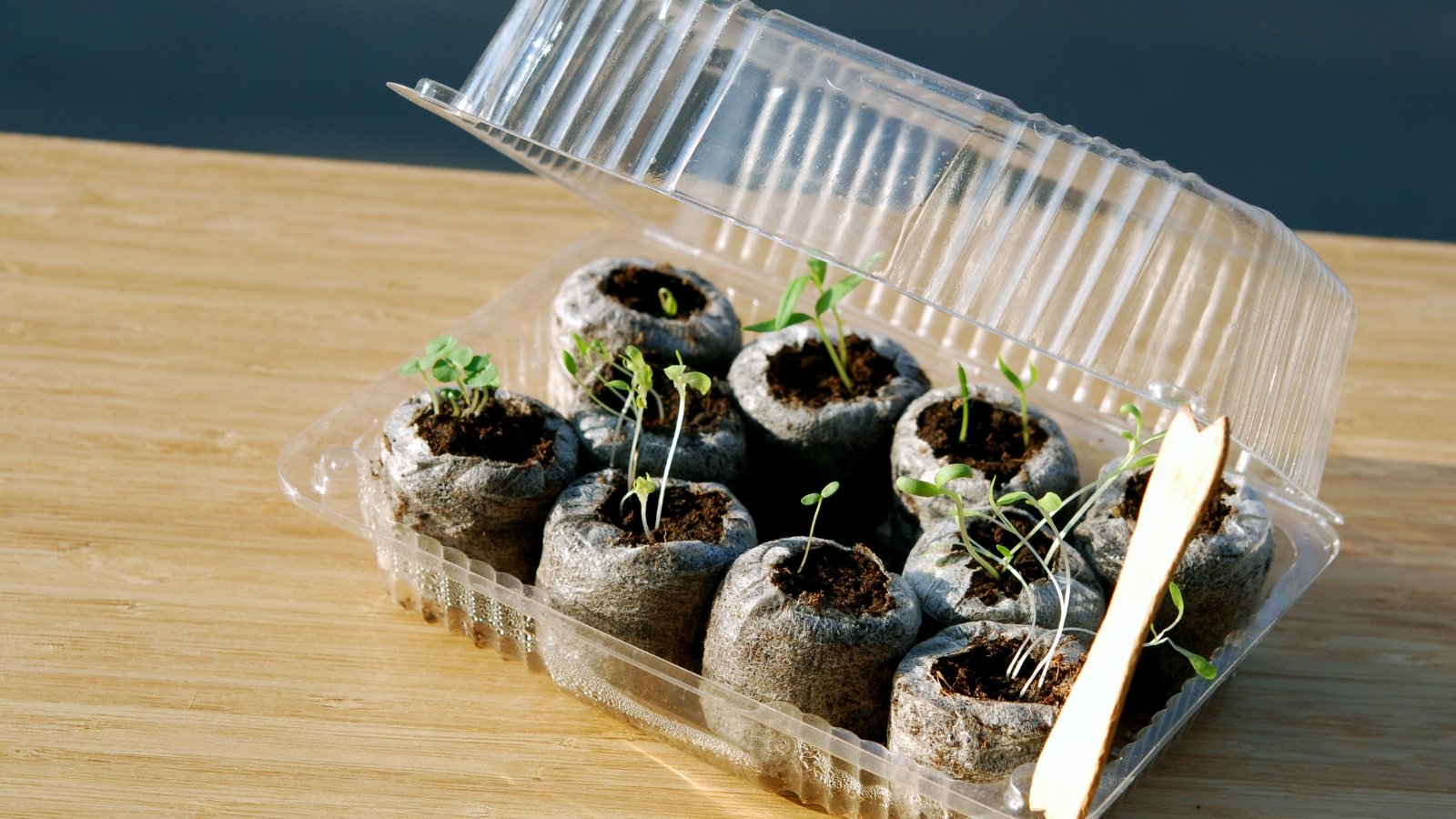
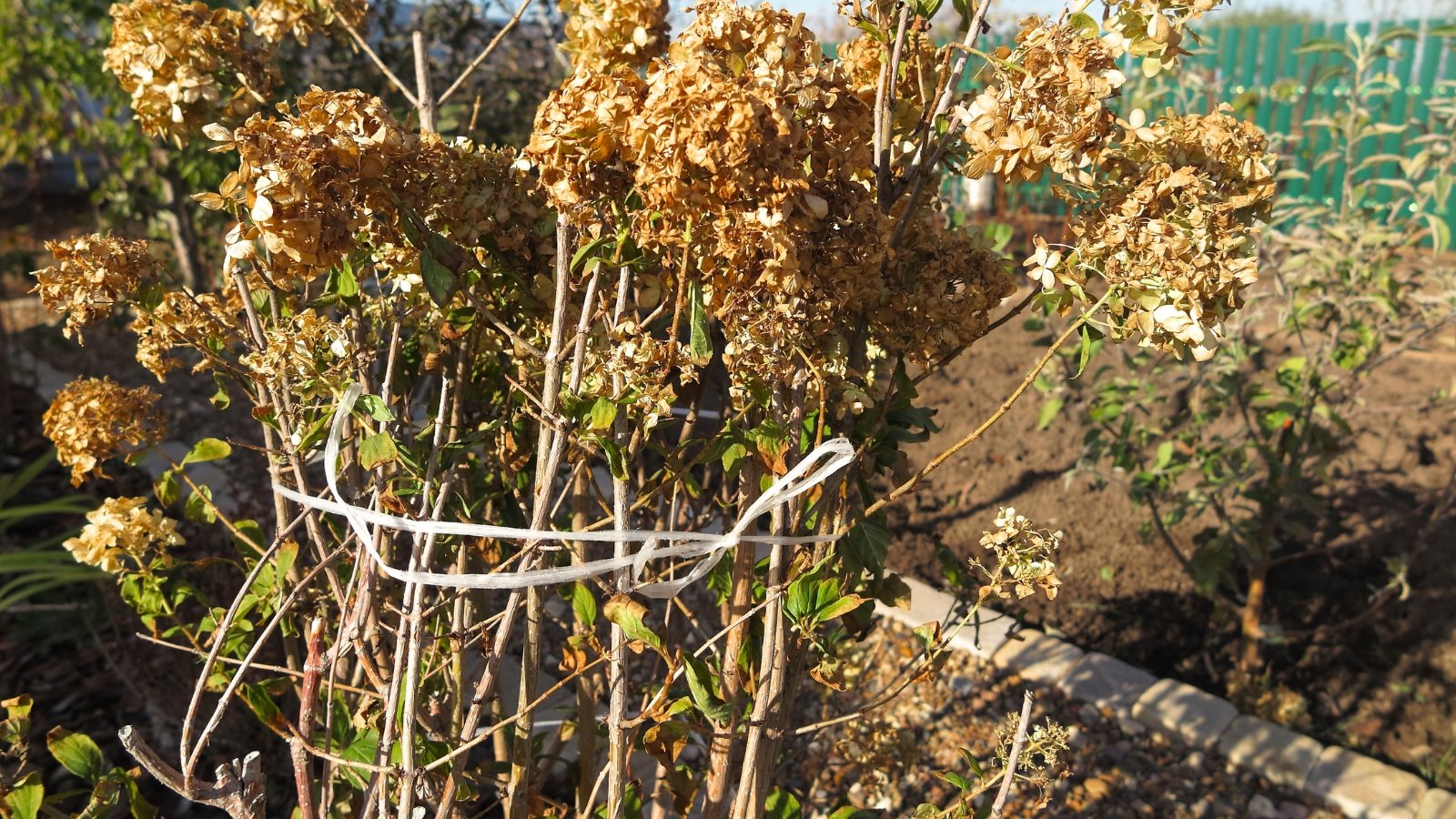
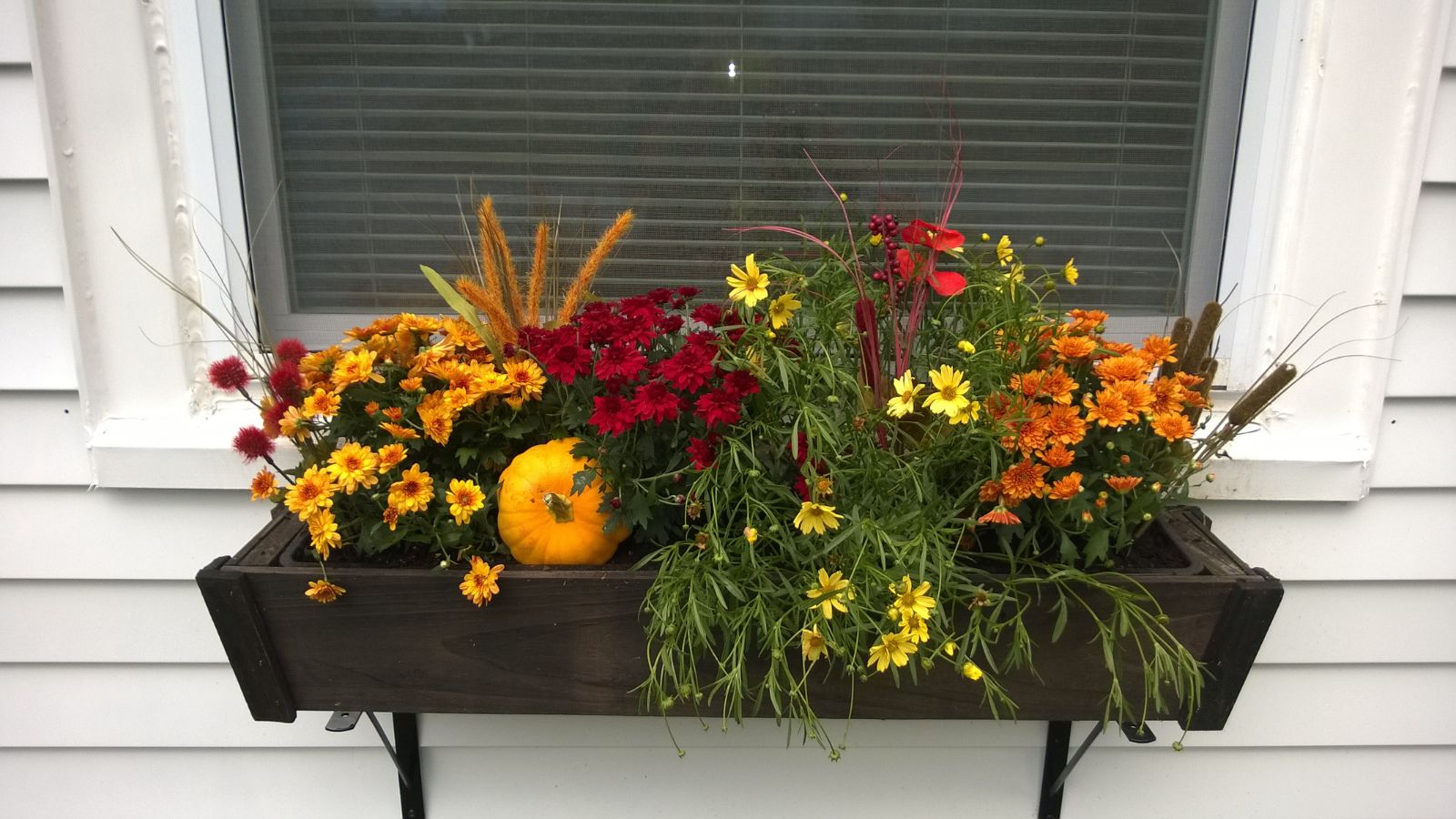
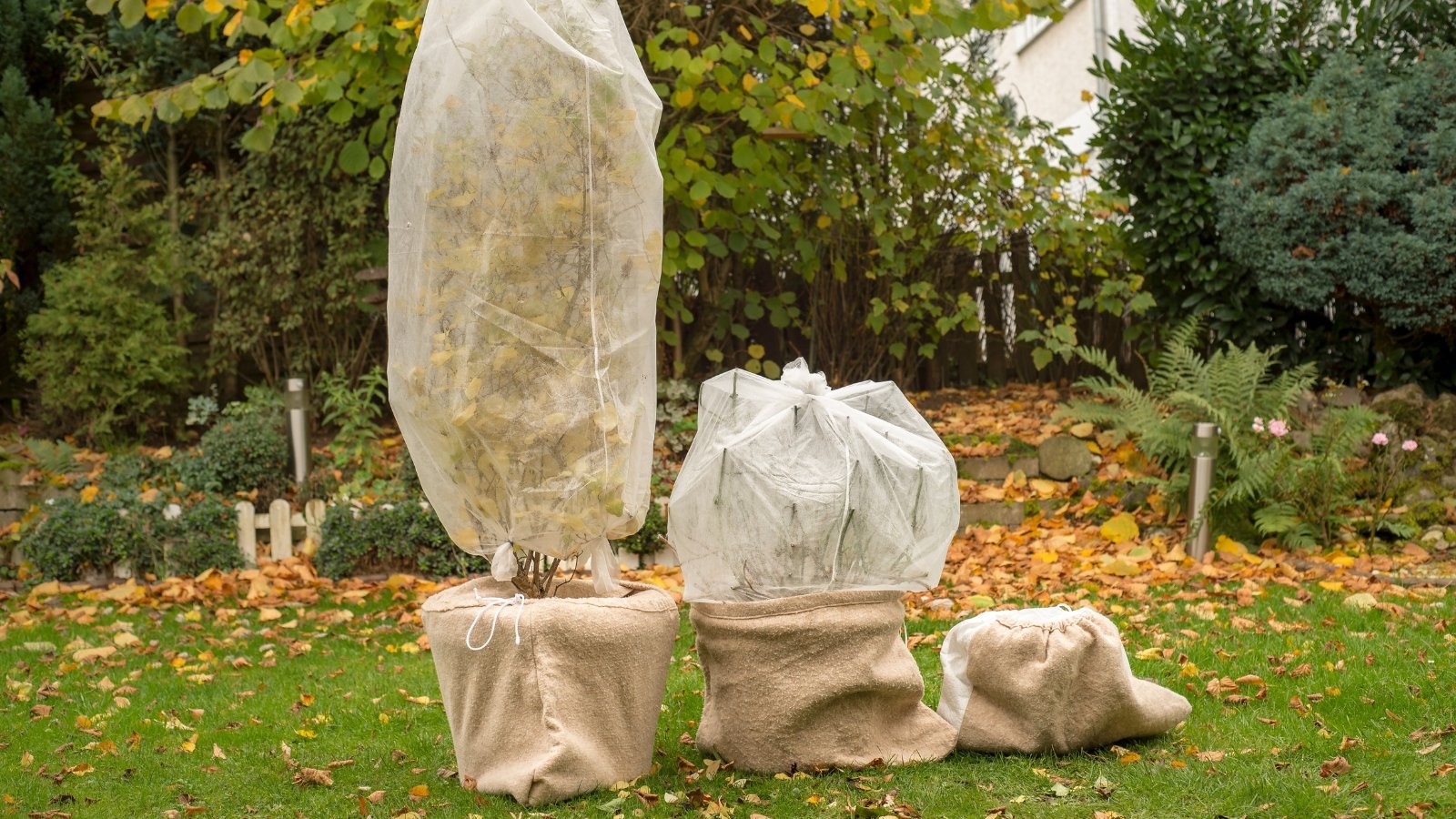
This article provides useful insights into winter gardening practices. It emphasizes the importance of leaving dead foliage intact, which is something many gardeners overlook. A great reminder for those preparing their gardens for the cold.
I found the section on watering very informative. It’s interesting to learn that plants still need moisture during dormancy, and it makes sense to check soil conditions before deciding to water.
The points made about not fertilizing during winter were quite enlightening. It’s surprising how dormant plants can’t absorb nutrients effectively, which can lead to wasted fertilizer and potential harm.
This article does a good job of clarifying common misconceptions about winter gardening tasks. Leaving leaves in place as insulation is a practice I will definitely adopt moving forward for better plant health.
I appreciate the caution against pruning after the first frost. It’s easy to want to tidy up the garden, but this article highlights why that might actually do more harm than good.